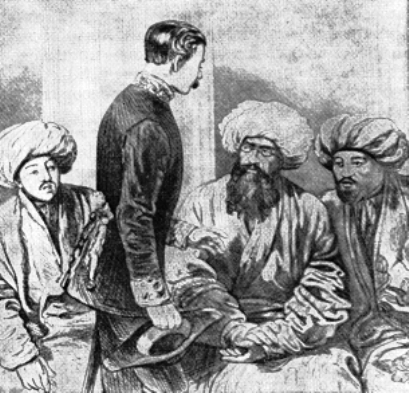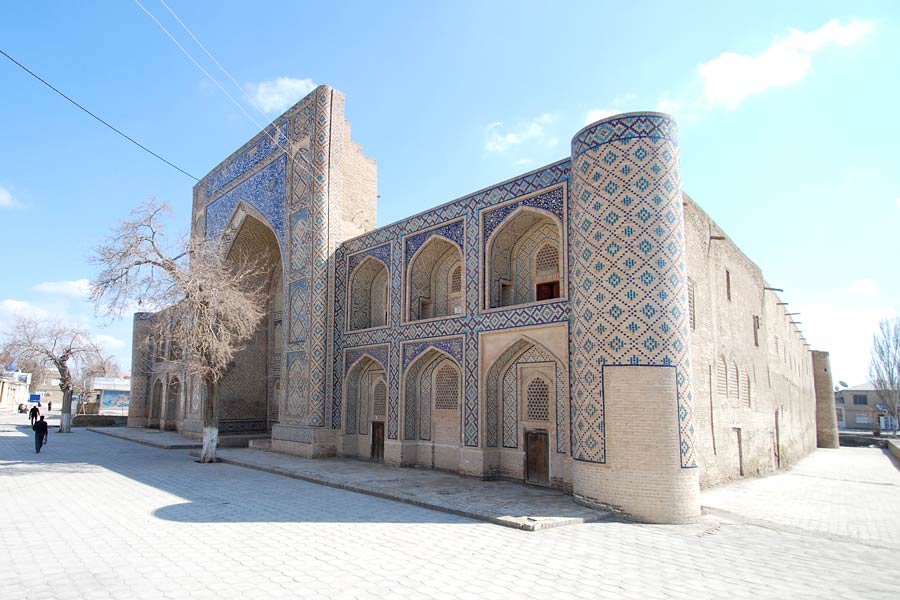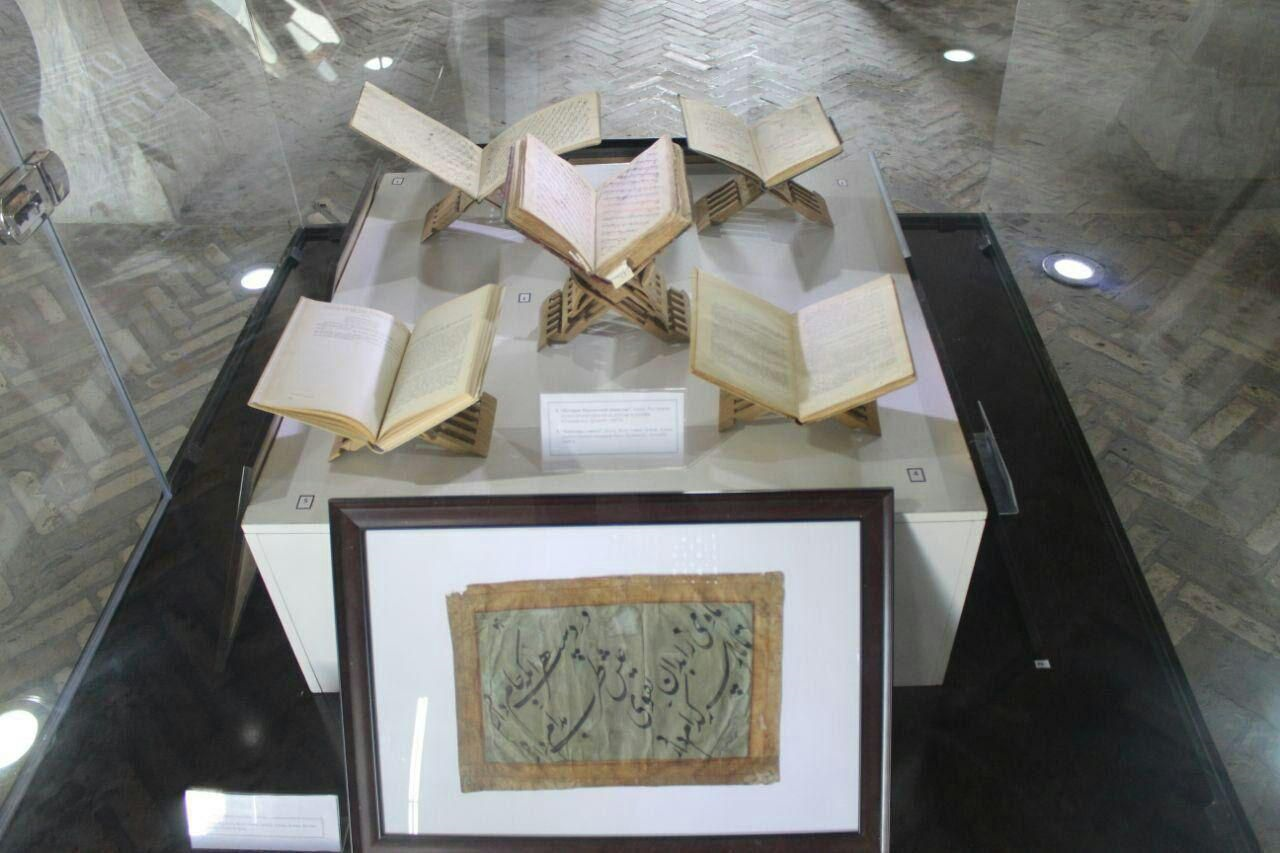How did the great scientist Ahmad Donish manage to preserve the ancient monuments of Bukhara?
There is one unique area in Bukhara, which is popularly called the Railway Station. Once there should have been a railway laid here. But the construction was canceled on the initiative of a wise scientist. 
At the end of the XIX century, Russian engineers presented a railway project that was supposed to link Kagan and Chardzhou through Bukhara. In 1884, the project was presented to the then ruler of Bukhara, Emir Nasrullah. Thinking, the emir asked for advice from his vizier and the great scientist Ahmad Donish. After reviewing the document, Ahmad Donish replied to the ruler: "If the work is done on this basis, many of our ancient monuments will be damaged. This is unacceptable for us”" the scientist said. And after a while, by the decree of the Bukhara ruler, he presented his project.
According to this project, it was assumed that the railway would bypass ancient Bukhara. And as a result, the railway track was laid on a different route.

According to historians, the project of foreign specialists could lead to the destruction of many historical monuments of the ancient city, including Govkushon madrasah, Kosh Madrasah, Nugai caravanserai, ancient baths and other structures located in the ancient part of the city. As a selfless man who proved his true love for his native land, he preserved its historical architectural monuments.
Here are some facts about the great scientist Ahmad Donish. He was born in 1827 in Bukhara. He spent his entire childhood studying the holy Quran. He was fond of poetry, fine arts, calligraphy and astronomy. He wrote poetry under the pseudonym "Donish", which means "wise". He traveled a lot in the remote regions of Central Asia, which increased his knowledge and broadened his horizons.

The Ark Museum-Reserve in Bukhara has a unique collection of books, manuscripts and paintings by Ahmad Donish. After all, the country does not need much from its people - a few such selfless people and just a careful and sensitive attitude to its centuries-old land and objects that have preserved the memory of great ancestors.
Leave a comment
By logging in, you agree to the processing personal data
See also
Workhours: 9:00-18:00, Mn-Fr
For any questions
Uzbekistan


 UZB
UZB RUS
RUS JPN
JPN ARA
ARA FRA
FRA CN
CN DE
DE POR
POR ESP
ESP TUR
TUR ITA
ITA HIN
HIN MAL
MAL
A comment